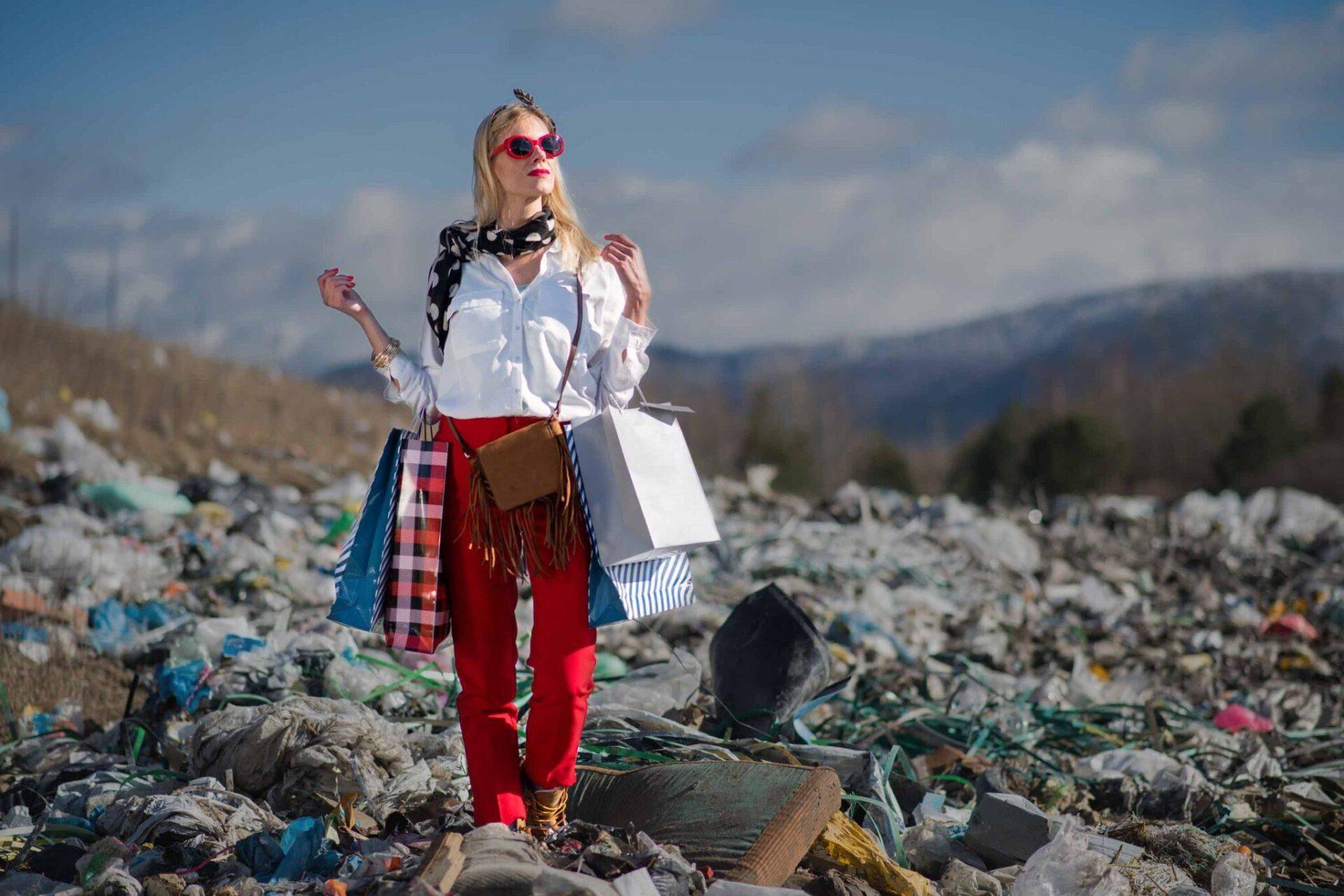04 Oct How does fashion kill our planet? Learn from the True cost documentary
“How did I live this long in my life without considering something as basic as where my clothes came from?”
This question popped up in the mind of a talented filmmaker Andrew Morgan, and a great documentary was born in 2015, titled True Cost. As the creators describe it – “True Cost is a groundbreaking documentary film that pulls back the curtain on the untold story and asks us to consider, who really pays the price for our clothing?”.
We don’t want to give away spoilers. Please take some time to watch it, and it will change your life as a fashion consumer. The great news is that True Cost is available on Amazon Prime, and you can also watch short interviews with people who were interviewed for the film on www.truecostmovie.com. But we do want to explain the most important issues raised in the movie, because Sparkpick owes its existence to True Cost, and makes its mission to help solve them.
The birth of “fast fashion”
Five weeks. Just five weeks. This is how long this spellbinding t-shirt you managed to get for half price last week will most likely last, before being discarded and replaced by a similar one. As fashion consumers, we are exposed to hundreds of mini seasons each year that encourage us to size up our wardrobes and not look back. The best part – $10 a tshirt – it’s so cheap! Clothing has become disposable as manufacturing costs went down. That’s how “fast fashion” was born.
The world consumes 80 billion new pieces of clothing a year, which is 400% more than we consumed 20 years ago. The average American now generates 82 pounds of textile waste each year.
So, what’s the problem? Well, there are two huge problems here.
Video credit: The Economist on YouTube
Human cost of “fast fashion”
Firstly, this binge shopping on cheap clothing has a human cost.
In the 1960s, the US was producing 95% of clothing. This number is down to 3% today, with the rise of outsourcing to the countries where it can be done in large volumes and cheaply. As Livia Firth, the producer of True Cost notes in her interview, “Each year across the world, 1.5 billion garments are sewn by an estimated 40 million people, working in 250,000 factories.” Who are these people?
People who make our clothes are millions of girls and women with some of the lowest wages in the world, who are exposed to an unsafe work environment where they are at the risk of dying of work-related accidents and diseases.
Sounds pretty disturbing, doesn’t it? True Cost talks about the Rana Plaza factory collapse in Bangladesh, which is considered the worst garment industry accident in the history of fashion making. An eight-story building with garment factories collapsed in 2013, taking the lives of more than 1000 factory workers and injuring more than 2500. The tragedy happened because the four top floors were constructed without a building permit. Reason for that? The more workers a building can fit, the more volume a factory can produce, the cheaper is the cost of garment production. And, finally, the cheaper our clothing becomes. The Rana Plaza accident showed that there is no magic formula to these cheap prices.
Video credit: The New York Times on YouTube
Environmental cost of “fast fashion”
Did you know that fashion is the second most environmentally unfriendly industry in the world?
Take cotton, for example. It accounts for about a half of the total fiber used to make our clothing. Sadly, it is also accountable for 25% of global insecticide use. These chemicals not only end up on the land poisoning local residents but also end up on our skin. Leather production is another polluting factor because of the huge amounts of land, feed, water and fossil fuels that are used to raise livestock.
So, what do we do next?
The first step is awareness. As the director says in one of his interviews, with True Cost, he wanted us to “take seriously this idea that when we buy something, it is a moral act, and there are a chain reaction of consequences, so let’s begin to be mindful and chose things that actually support life and not take it away.”
The next step is action, and this step is on us, fashion consumers. Learn how to do more with less and shop our curated look collections.
Video credit: Untold on Youtube


